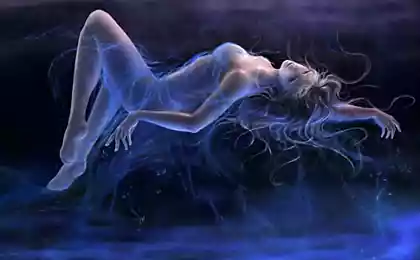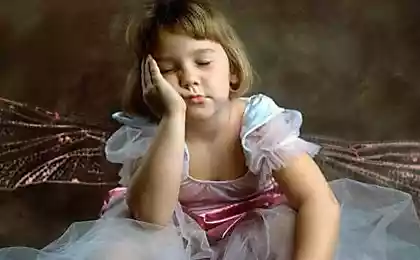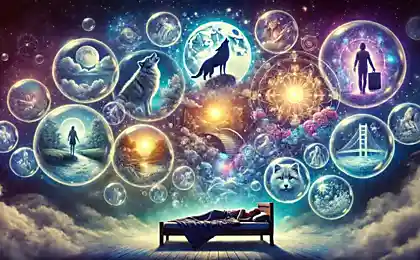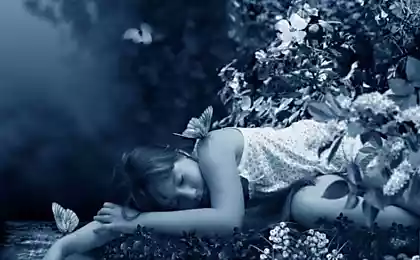10 main theories to explain why people have dreams

In the world there is a science that studies dreams - oneirology. This discipline combines the features of neuroscience, psychology, and even literature, but the main question does not provide an answer - why is it that people have dreams? Let convincing solve the puzzle yet, but in this respect there are some interesting hypotheses, here are some of them.
1. Hidden zhelaniya
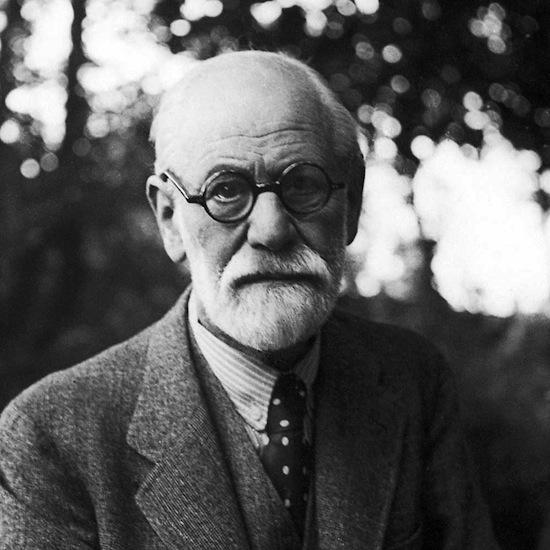
One of the first who began to study dreams, was the founder of psychoanalysis, Sigmund Freud. After analyzing the dreams of hundreds of his patients, Freud developed a theory, which is now held by some of his followers: the dream - is suppressed desires and hidden aspirations of the people.
In the dream, according to Freud, people see what they want to achieve, literally or symbolically. For example, if a man had a dream that his mother died, it does not mean that he unconsciously wants to kill her - Freudian interpretation says about a conflict between mother and son, and the problem has a simple and effective solution, but the mother does not know. Thus, the death of his mother in a dream - mediated conflict resolution image.
Studying dreams, the founder of the psychoanalytic method helps its customers to pull out so deeply hidden fears and desires that they themselves did not know what is hidden in their subconscious.
2. A side effect of the electrical activity of mozga
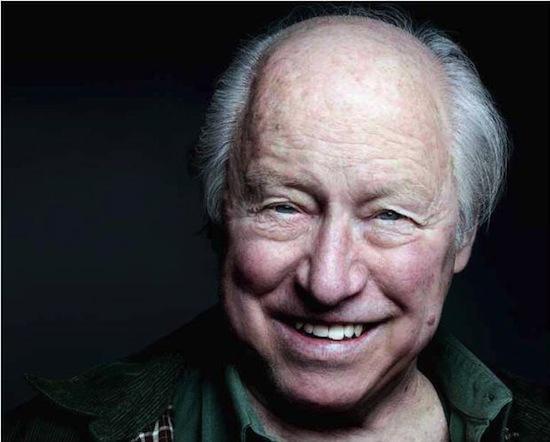
Freud's theory suggests rethinking, which experiences a person falls down in dreams. A psychiatrist Allan Hobson, author of another popular theory explaining the emergence of dreams, by contrast, argues that dreams do not carry any meaning - it is just the result of random electrical impulses that arise in the brain responsible for emotions, perceptions and memories.
His theory of Hobson called the "effective synthetic-model", according to which the brain is just trying to interpret the random signals, which leads to the emergence of colorful scenes or not.
"Effectively, synthetic model" may also explain why some people tend to create artistic works of literature, which are essentially nothing more than a kind of "waking dreams" created by the interpretation of the signals received by the limbic system of the brain from the outside world. < br />
3. Dispatch of short-term memories to long hranenie
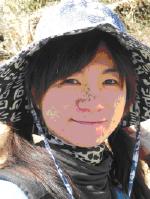
Perhaps the dream is really the result of random nerve impulses, but what if these impulses are not random at all? This idea was put forward psychiatrist Zhang Jie, calling it "the theory of permanent activation." Zhang Jie believes that the brain is constantly passes through a lot of memories, regardless of whether the person is asleep or awake. At a time when short-term memories are moved to long-term storage in parts of long-term memory, and dreams occur.
4. Getting rid of unnecessary hlama

The so-called "reverse learning theory" states that dreams help people get rid of a certain number of unwanted associations and relationships that are formed in the brain throughout the day. We can say that dreams serve as a mechanism of "garbage collection", clearing the head from unwanted and useless thoughts. This avoids overloading a lot of information, which inevitably enters the brain every day.
5. Ordering of the data received for den

This hypothesis directly opposed to "reverse learning theory": according to her dreams - is the process of organizing and storing information.
In favor of this idea say several studies that show that people better remember the information received just before bedtime. As Zhang Jie with his "theory of permanent activation", the apologists of this hypothesis believe that dreams help a person to understand and organize the information acquired by them during the day.
Another confirmation of this hypothesis are the recent studies, during which it was found that if a person falls asleep soon after any unpleasant event, then woke up, he will be fine still remember as if it happened a few minutes ago. Therefore, if there is suspicion of trauma, it is better not to give the victim to sleep maximum amount of time - no dreams will help erase the memory of unpleasant experiences.
6. mutated protective instinct, inherited from a person zhivotnyh

Some scientists have conducted studies that indicate a clear similarity between the behavior of the animals, who pretend to be "dead" in order to avoid the loss, and the state of man when he dreams.
At the moment of "show" Dreams brain works the same way as in the waking state, except of motor activity of the body. This same thing is seen in animals when they pose as a corpse in the hope that a predator will not touch them. Therefore, it is possible that a person dreams got inherited from distant ancestors of animals, having undergone a process of evolution in some changes, because modern man no need to pretend to be dead.
7. Imitation ugrozy
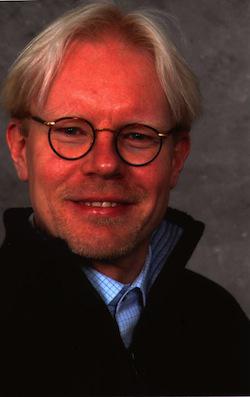
The theory of the protective instinct fits into the idea of the eminent Finnish philosopher and neuroscientist Antti Revonusuo. He suggested that the biological function of dreams is to simulate a variety of dangerous situations for testing and "rehearsals" reactions. The man who in his dreams is common with any threats in the event of a real risk to be more confident, as the situation he was already "know." Such training, according Revonusuo favorably affect the survival of a particular species, and human beings in general.
In this hypothesis, there is one major drawback: it does not explain why some human dream positive dreams, do not carry any threat or warning.
8. The decision problemy
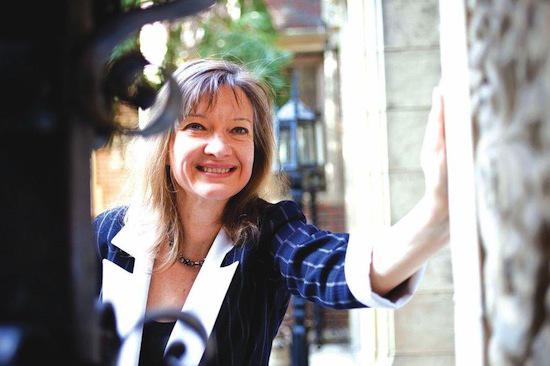
This hypothesis, developed by a professor of psychology at Harvard University Deirdre Barrett, similar to the idea put forward by the Finnish scientist Antti Revonsuo.
Professor Barrett believes that dreams are a kind person theater, on a stage where you can find answers to many questions and solve some of the problems with the dream brain works more efficiently because it is able to quickly form new associative links. Deirdre makes conclusions based on their research, during which it was found that if a person before going to bed to put a certain task, after waking up, he decides it faster than those who are simply asked to solve it, without giving the possibility of "spy" the answer in a dream.
9. The theory of natural selection mysley
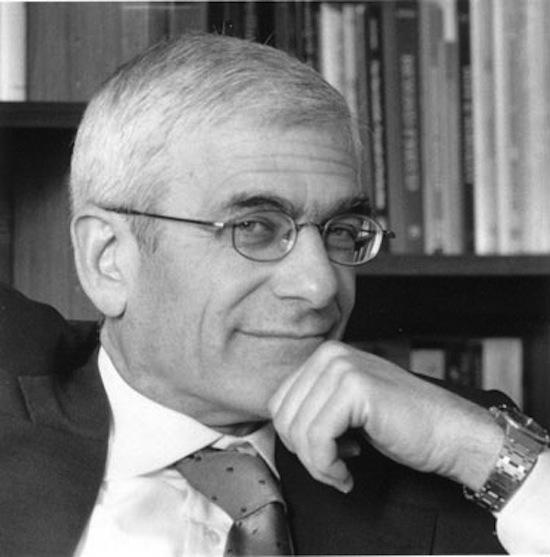
The idea of solving problems through dreams close to the so-called theory of natural selection thoughts developed by psychologist Mark Blechnerom. Here is how he describes the dream:
«The dream - a stream of random images, some of which the brain selects and stores to use in the future. Dreams are made up of a variety of options of feelings, emotions, thoughts and some other higher mental functions, some of which passes a kind of natural selection and gets deposited in the memory ».
blockquote> Psychologist Richard Coates, in turn, believe that the brain during sleep simulates different situations to choose the most appropriate emotional responses. That is why in the morning, people usually do not worry about the anxiety and horror stories, seen in a dream - the brain makes it clear that in this way he is only "rehearses».
10. Smooth negative experiences through symbolic assotsiatsiy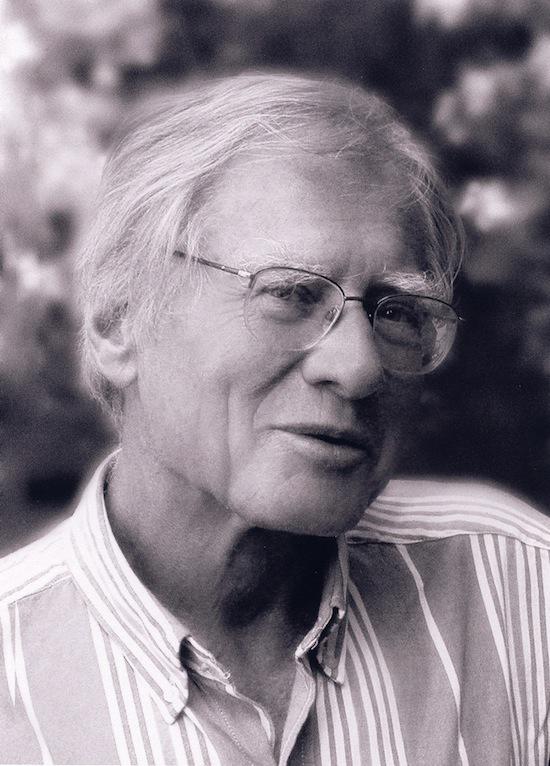
Proponents of this theory believe that a dream - it's not a stream of random images or simulation of different emotional reactions, but rather a therapy session.
One of the creators of so-called modern theory of dreams, a psychiatrist and researcher nature of sleep Ernest Hartmann writes:
«If a man prevails any vivid emotion, his dreams are simple, not to say primitive. For example, survivors of any trauma often dream something like: "I was lying on the beach, but suddenly a huge wave washed me." This is a fairly common variant: a man sees in a dream not a specific event, and monosyllabic emotion, such as fear. If falling asleep disturbed several things at once, his dreams will be more complicated. The higher emotional person, the brighter are the dreams that he sees ».
blockquote> Hartman believes that dreams - is an evolutionary mechanism by which the brain smooths out the negative effects of trauma, a person presenting them in a dream in the form of certain symbols and associative images.
via factroom.ru



